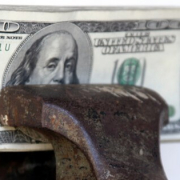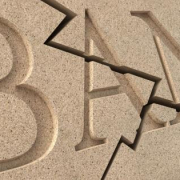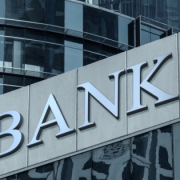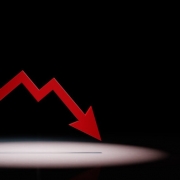Commercial Loan Repayment Delinquencies Shoot Up Across All Lender Groups
Commercial and multifamily mortgage delinquency rates rose in the first quarter and in some cases the rate of increase in recent months has picked up steam, signaling growing problems for mortgage holders.
Loans held in commercial mortgage-backed securities had the highest delinquency rate, according to the Mortgage Bankers Association. Moreover, those rates have been rising steadily in the second quarter, according to bond rating agencies that track the data monthly.
However, it was banks and thrifts that saw the largest jump in the most seriously delinquent loans in the first quarter.
Bank and thrift loans 90 or more days delinquent or in non-accrual status jumped 0.13 percentage points from the fourth quarter of 2022. Those loans now make up 0.58% of outstanding commercial and multifamily loan balances, according to the MBA.
“Ongoing stress caused by higher interest rates, uncertainty around property values, and questions about fundamentals in some property markets are beginning to show up in commercial mortgage delinquency rates,” Jamie Woodwell, MBA’s head of commercial real estate research, said in a statement. “Delinquency rates increased for every major capital source during the first quarter, foreshadowing additional strains that are likely to work their way through the system.”
The banking industry continues to face significant downside risks and the Federal Deposit Insurance Corp. said they will be stepping up ongoing supervision of banks’ loan quality.
“Credit quality and profitability may weaken due to these risks and may result in a further tightening of loan underwriting, slower loan growth, higher provision expenses, and liquidity constraints,” FDIC Chairman Martin Gruenberg said in a statement about the industry’s first-quarter results. “Commercial real estate portfolios, particularly loans backed by office properties, face challenges should demand for office space remain weak and property values continue to soften.”
The Mortgage Bankers’ quarterly analysis looks at commercial and multifamily delinquency rates for five of the largest investor-groups: commercial banks and thrifts, commercial mortgage-backed securities, life insurance companies, and Fannie Mae and Freddie Mac. Together, these groups hold more than 80% of commercial and multifamily mortgage debt outstanding.
Based on the unpaid principal balance of loans, delinquency rates for the other four groups at the end of the first quarter of 2023 were as follows:
- Life company portfolios (60 or more days delinquent): 0.21%, an increase of 0.10 percentage points from the fourth quarter;
- Fannie Mae (60 or more days delinquent): 0.35%, an increase of 0.11 percentage points;
- Freddie Mac (60 or more days delinquent): 0.13%, an increase of 0.01 percentage points;
- CMBS (30 or more days delinquent or foreclosed upon): 3%, an increase of 0.10 percentage points.
The latest CMBS numbers show a quickening of deteriorating loan quality, according to S&P Global Ratings.
The U.S. CMBS overall delinquency rate rose 0.39 basis points month over month in May, the bond rating firm reported. This was the largest increase since June 2020 when the coronavirus pandemic had shut down many offices, hotels, and retail centers across the country for weeks.
By dollar amount, total delinquencies rose to $22.9 billion, a net increase of $2.8 billion month over month and $3.9 billion year over year. Seriously delinquent CMBS loans of 60 more days late in payments represented 89.7% of the total, according to S&P.
Delinquency rates for office loans increased 1.2 percentage points to 4%, according to S&P. That was the fifth consecutive month of increase and now stands at $7.2 billion.
Source: CoStar










